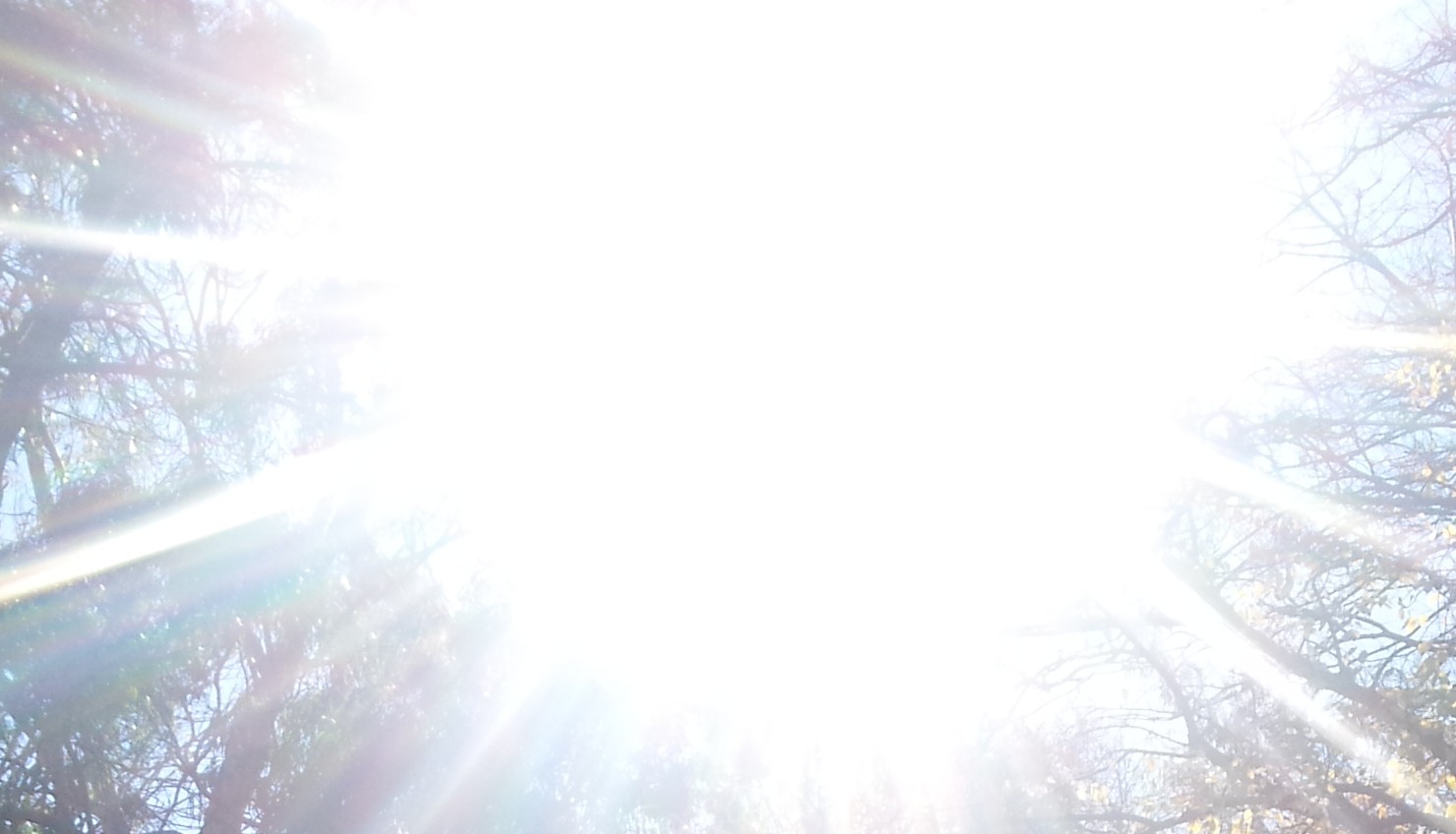Barabasi’s ‘Rich Get Richer’ looks at the role of power laws on the Web (likening it to Hollywood), and hubs. Barabasi said he realised that “the Web [and its power laws] was by no means special at all” and instead, “some universal law or mechanism must be responsible” for power distribution. This ‘universal law’ “could potentially apply to all networks.”
Barabasi proposes Model A and then highlights its insufficiency. In Model A, all the nodes which make up the web have an equal chance to be linked to but, not all are linked too. Thus, there are “winners and losers.” This contradicts Erdos and Renyi who contend that all nodes in a network are equal. He explains that “the first nodes in model A will be the richest, since these nodes have the longest time to collect links.” Say for example, Meryl Streep would have more links then a Hollywood newbie like Elle Fanning. But, “while the early nodes were clear winners, the exponential form predicted that they are too small and there are too few of them. Therefore, Model A failed to account for the hubs and connectors. It demonstrated, however, that growth alone cannot explain the emergence of power laws.”
Barabasi also makes the point that the Web, and Hollywood, isn’t static. Conversely, the number of nodes in a network is always growing. The Web began with a few web pages, and Hollywood began with a small number of actors and silent films. Again, he contradicts Erdos and Renyi and their “random universe.” Barabasi reasons that we don’t link to nodes randomly but, choose from a list (as with Google) or are attracted by advertising. “The Webpages to which we prefer to link are not ordinary nodes. They are hubs. The better known they are, the more links point to them. The more links they attract, the easier it is to find them on the Web and so the more familiar we are with them.” This highlights that our decision making is based on preferential attachment – which page has more people linked to? Barabasi importantly notes that “preferential attachment induces a rich-get-richer phenomenon.” He finds that “real networks are governed by two laws: growth and preferential attachment.”



